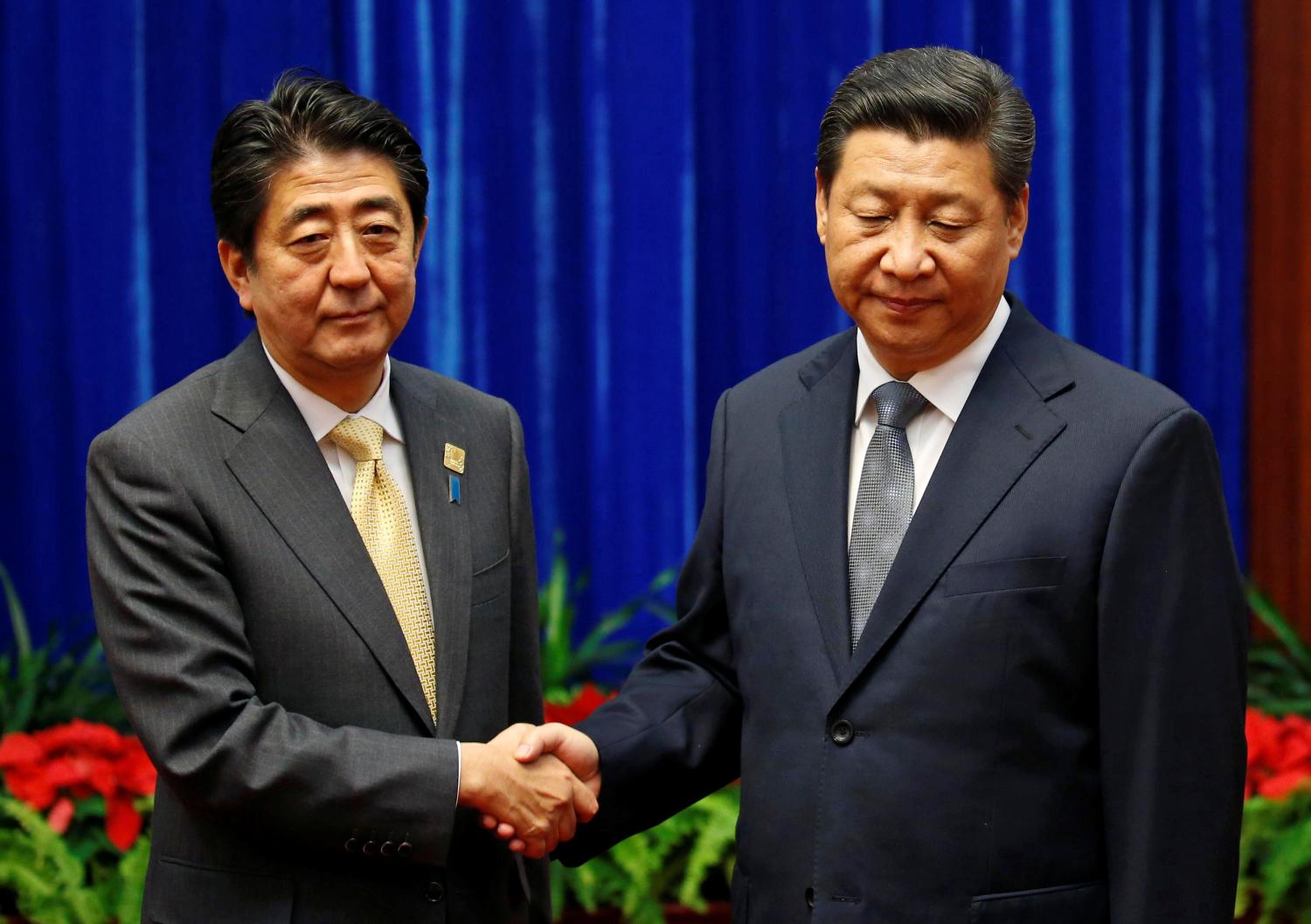Abstract
After decades of steady growth and the smooth handover of sovereignty in 1997, Hong Kong’s economy experienced stagnation from 1998 to 2003. The slowed development not only illustrated the erosion of the favorable conditions which had facilitated its economic miracle, but also reflected an underestimation of the great sensitivity to Hong Kong’s economic performance in both the HKSARG and among the Central Authority policy makers in Beijing. More importantly, it highlighted the absence of an institutional framework in which the Mainland and Hong Kong economies could appropriately interact. The implementation of the Closer Economic Partnership Arrangement (CEPA) between Hong Kong and Beijing in 2003 was an adjustment of the new Beijing administration’s economic policy toward Hong Kong and redefined Hong Kong’s role in China’s economy. The rebound of Hong Kong’s economy, and the rapid restoration of confidence in the territory, seemed to validate this adjustment and paved the way for Hong Kong and the Mainland to take full advantage of each other’s comparative advantages. In the long run, the sustainability and prosperity of Hong Kong’s economy lie in what it contributes to China’s development, rather than which and how many privileges China grants her. It is the convergence, instead of divergence, of the interests of the two sides that guarantees the future of Hong Kong’s economy. Only from this convergence of interests of the two sides can the puzzle of “one country” versus “two systems” be resolved. As the Hong Kong system becomes more and more unique, it will be able to build more advantages. Hong Kong will be able to reap more benefits from the Chinese market, China can capitalize on Hong Kong’s soft powers, and both sides will grow in an accelerating cycle. Accordingly, with regard to the economic relationship between the Mainland and Hong Kong, the “one country, two systems” principle could be extended into and elaborated as “one country, two systems, and an integrating market (from two separate parts with a division of labor).” It is the integrating process per se that brings about the benefits to two sides. How to manage this process, in terms of scope, speed, and depth, and how to maximize benefits from it, are the core policy questions for economic interaction between Beijing and Hong Kong. Beijing’s economic confidence in Hong Kong, and its political tolerance of it, come from the sustainable prosperity of Hong Kong’s seven million people.
The Brookings Institution is committed to quality, independence, and impact.
We are supported by a diverse array of funders. In line with our values and policies, each Brookings publication represents the sole views of its author(s).



